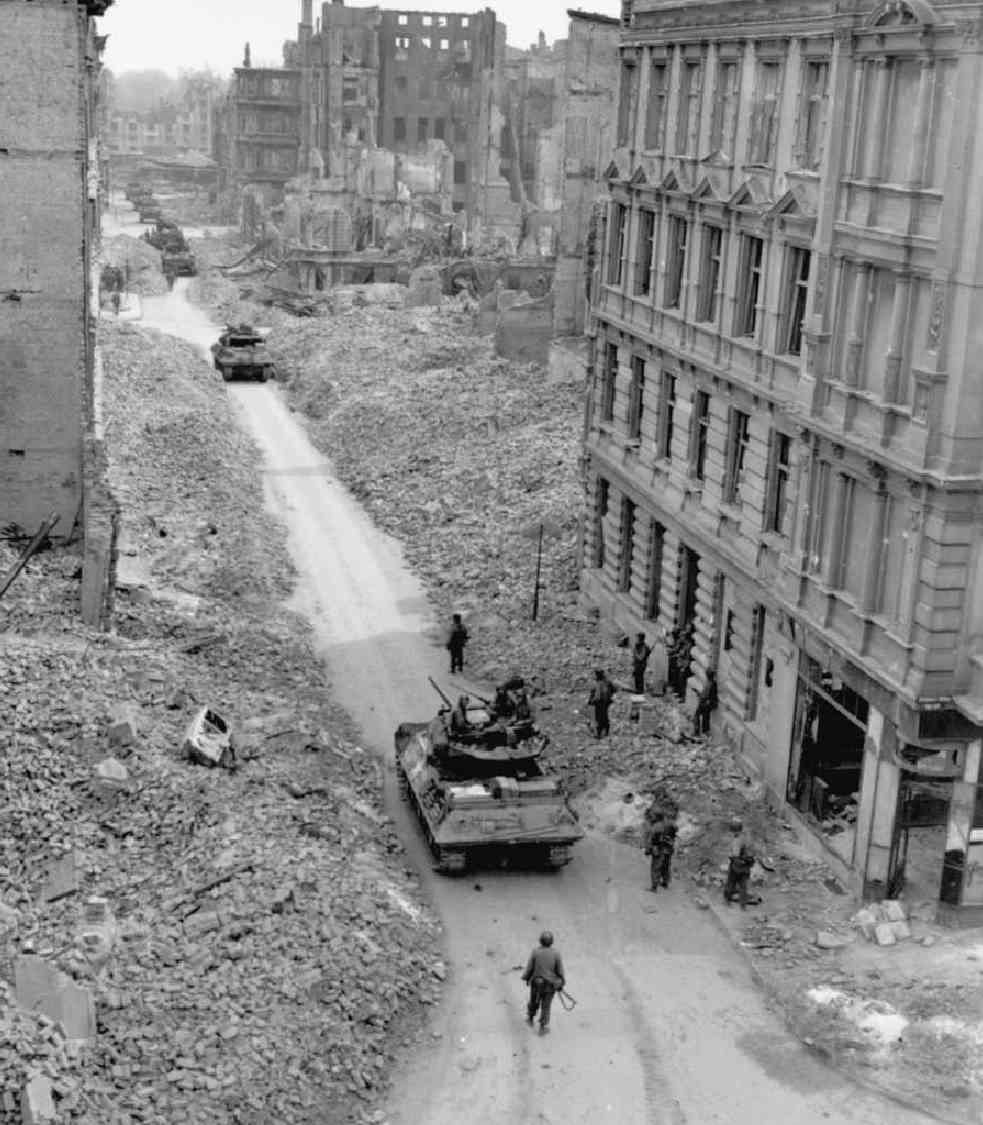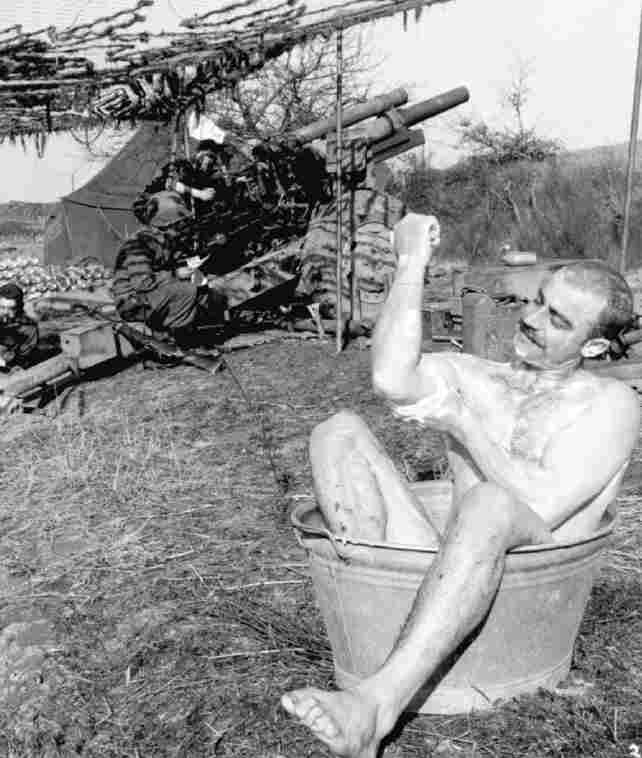|
|
|||||||||||||
|
|
|||||||||||||
|
FREE COLLECTION |
|||||||
|
World War II
World War II United States Army Pictorials 1,534 World War II photographs combined by United States Army historians of the Office of the Chief of Military History of the United States Army, into three pictorial volumes. The photographs in these three volumes were picked by United States Army historians to show in greater detail the conditions under which the combat forces lived, the methods by which they were trained, the weapons they and their opponents used, the terrain over which they fought, and the support they received from the technical branches of the U.S. Army, the U.S. Army Air Forces, and the U.S. Navy. An appreciation not only of the terrain upon which actions were fought, but also of its influence on the capabilities and limitations of weapons in the hands of both our troops and those of the enemy, can be gained through a careful study of the pictures. The photographs have been especially selected to show important terrain features, types of equipment and weapons, living and weather conditions, military operations, and matters of human interest. Two volumes deal with the war against the European Axis and the third covers the war in the Pacific and in the China-Burma-India Theater. Each volume is arranged in sections that follow the course of the war chronologically; each section has a brief introduction recounting the major events covered therein. The three volumes together give a comprehensive pictorial survey of the U.S. Army's operations in Africa, Europe, the Middle East, Southeast Asia, the Far East, and the Pacific. Each picture has captioned information. Each volumes has a list of abbreviations and an index. Each page of the volumes are graphically reproduced on the disc. The disc contain a text transcript of all text embedded into the graphic image of each page of each document, creating a searchable finding aid. The three volumes include: THE WAR AGAINST GERMANY AND ITALY: MEDITERRANEAN AND ADJACENT AREAS This volume deals with operations in North Africa, the Middle East, Sicily, Corsica, Sardinia, the Italian mainland, and southern France. This volume, compiled by Lt. Col. John C. Hatlem, USAF, and Capt. Kenneth E. Hunter deals with the Mediterranean Theater of Operations and the Middle East. It is divided into five sections: (1) North Africa and the Middle East; (2) Sicily, Corsica, and Sardinia; (3) Italy: 9 September 1943-4 June 1944; (4) Southern France; and (5) Italy: 5 June 1944-2 May 1945. Each section is arranged in chronological order. THE WAR AGAINST GERMANY: EUROPE AND ADJACENT AREAS Covered in this volume are the buildup in the United Kingdom, the air offensive in Europe, and the Normandy, Northern France, Rhineland, Ardennes-Alsace, and Central Europe Campaigns. This book deals with the European Theater of Operations, covering the period from the build-up in the United Kingdom through V-E Day. Its seven sections are arranged chronologically. The photographs were selected and the text written by Capt. Kenneth E. Hunter. This volume is in six sections: 1. The Build-up in the United Kingdom and the Air Offensive, Europe, 2. Normandy Campaign, 3. Northern France Campaign, 4. Rhineland Campaign: 15 September 1944-15 December 1944, 5. Ardennes-Alsace Campaign, 6. Rhineland Campaign: 26 January 1945-21 March 1945 THE WAR AGAINST JAPAN. In this volume is depicted training in Hawaii, Australia, and New Caledonia; defeat in the Philippines; the campaigns in the Solomons, New Guinea, New Britain, the Admiralties, the Aleutians, the Gilberts, the Marshalls, and the Marianas; the return to the Philippines, Iwo Jima, and Okinawa; and the operation of the supply line to China through Burma and India. This volume is in six sections: (1) The Allied Defensive; (2) The Strategic Defensive and Tactical Offensive; (3) The Offensive 1944; (4) The Final Phase; (5) The China Burma India Theater; and (6) The Collapse of Japan and the End of the War in the Pacific. Each section is arranged in chronological order. All dates used are local dates, and it should be remembered that all dates west of the International Date Line are one day ahead of those east of the line. For example, 7 December 1941 at Pearl Harbor is the same day as 8 December 1941 in the Philippines. The collection contains a text transcript of all recognizable text embedded into the graphic image of each page of each document, creating a searchable finding aid. Text searches can be done across all in the collection. |
|||||||






